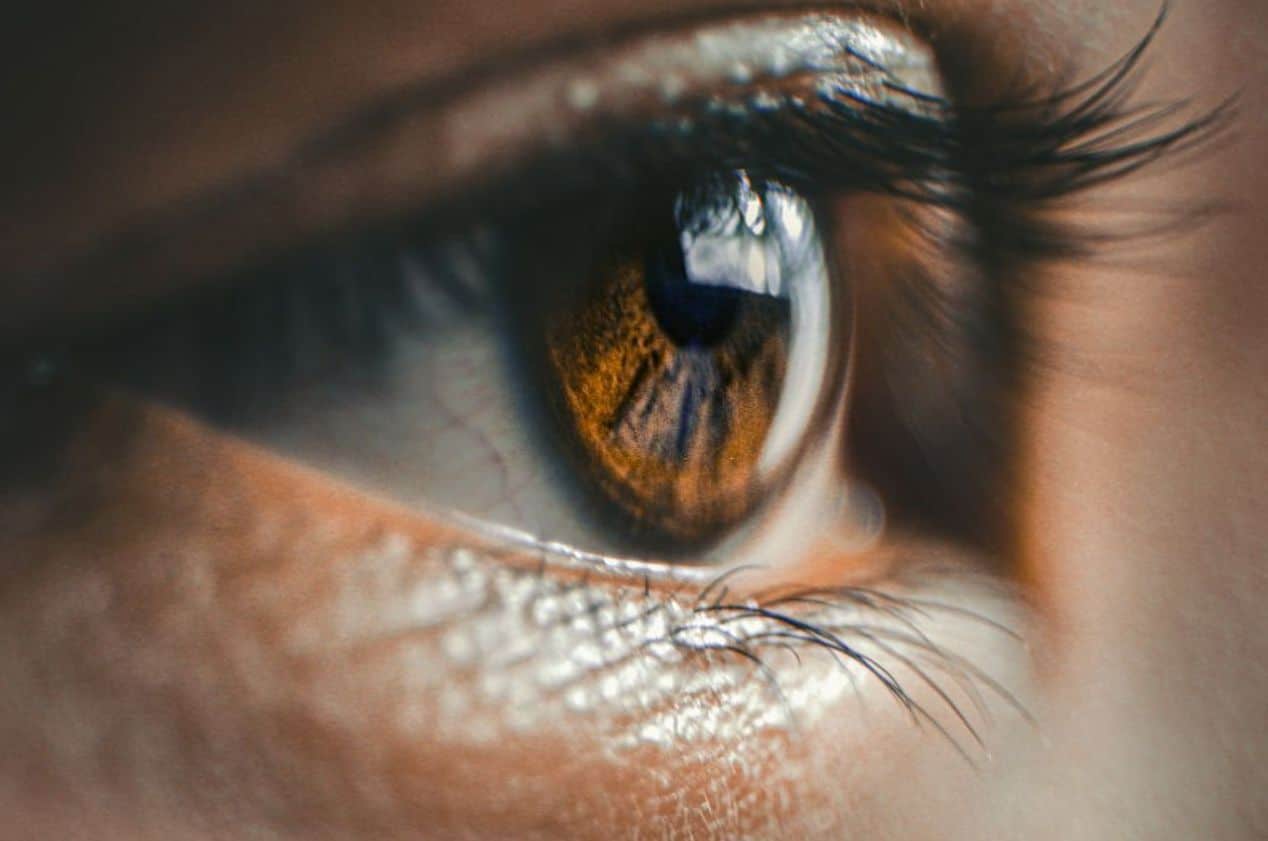The vaccine has made COVID-19 less effective, which has helped scientists get closer to its delayed effects.
One thing that is getting more and more attention is how the virus infects blood vessels over time and sets the stage for dangerous blood clots.
A study published in the JAMA Ophthalmology warns that patients who get the coronavirus are at greater risk of suffering an eye stroke.
The coronavirus vaccination appears to be winning the race to control the virus, but the long-term impact on health remains a source of concern. By analyzing the outcomes of coronavirus cases, researchers are better able to identify the subsequent disease. A group of experts recently set out to assess COVID-19’s impact on ocular vascular health. Their findings reveal a rising prevalence of “eye stroke,” which has increased by 35% since the Covid period compared to pre-Covid infection rates.
A new study warns that people infected with the coronavirus may be at increased risk of rare sight-threatening blood clots in the eye for months after infection.
Obstruction of blood vessels at other locations in the body may cause the phenomena, often known as an “eye stroke.”
The study began with the assumption that coronavirus infections cause damage to the veins and arteries, resulting in vascular blockages in various body areas.
Since the virus may potentially cause retinal clots, researchers were driven to investigate how it would do so.
Over the course of six months, the researchers documented 65 incidences of retinal vein blockage in coronavirus patients.
“While that number is low, it reflects a statistically significant 54 percent increase compared to pre-COVID infection rates,” Medscape said of the study’s findings.
The findings, published in JAMA Ophthalmology, reveal that retinal artery clots were 35 percent more common after COVID-19 than before – a difference that the researchers claim is not statistically significant.
Furthermore, the clots happened most frequently in people who had other illnesses that increased their risk of blood vessel disorders, such as diabetes, high blood pressure, or high cholesterol.
There was no link discovered between the risk of clotting and the severity of the coronavirus infection.
It’s worth mentioning that the data is insufficient to prove that coronavirus causes vascular blockages in the retina, thus more research is needed to confirm this hypothesis.
However, the findings add to concerns that the virus’s health impacts would remain even after the epidemic is over.
A blood clot or a fat deposit caught in the pathway can jam the arteries leading to the eyes, causing retinal artery clogs.
The condition is strongly linked to artery hardening, which is often caused by years of untreated hypercholesterolemia.
As the artery supplying the eye becomes blocked, this results in damage to the nerve tissue that is responsible for vision loss in the patient.
It is crucial to get treatment as soon as symptoms emerge, as ocular strokes can indicate a more serious ischemic attack.
As explained by Penn Medicine: “Most people with eye stroke notice a loss of vision in one eye upon waking in the morning with no pain.
“Some people notice a dark area or shadows in their vision that affects the upper and lower half of their visual field.”
According to the health body, other symptoms may include a loss of visual contrast and increased sensitivity to light.
Floaters, which seem like towering grey specks floating in your field of vision, are occasionally discovered to represent a symptom of eye stroke.
While the illness is painless, it can be dangerous and debilitating if left untreated, eyesight damage can be irreparable.
Image Credit: Getty
You were reading: COVID-19 Survivors May Develop Deadly Clot in the Eye, According to New Data
